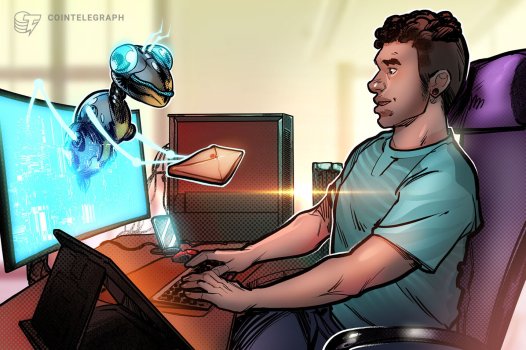The Story Behind The Woman In Tech Fueling The Digital Transformation Movement Through Social Media
- Technology Workforce
- 0 Replies
From curating content for a fashion magazine as a teenager to being the CEO of The Social Medium, Jessie Chase has had a non-traditional upward trajectory in the digital media industry.
Growing up in New York, Jessie Chase was exposed to various cultures from a diverse population. This fueled her affinity for learning international languages and exploring the world. In 2011, she decided to travel to France for an internship program, to enable her to get a firsthand experience of Europe. Upon arrival, she had her professional debut in the Parisian corporate ecosystem as a studio intern at A.P.C. for two months. Although her stay in Paris was short-lived, she fell in love with the historic city and made a mental note to return in the future.
Inspired by her amazing experience in France, Jessie Chase moved back to New York and enrolled at Barnard College, Columbia University in 2011, to pursue a Bachelor's Degree in French translation and literature. As a student, she actively studied for her degree in tandem with working at A.P.C's New York branch, for 4 years as a sales associate and eventually a merchandising officer.
At 22, having thoroughly learned how to speak French and understood their culture, she traveled back to Paris in 2015 and continued to progress in her career in the fashion industry. However, she gained major experience working with social media applications in her role as a community manager when she got hired at Publicis Luxe in 2019. This job position exposed her to the positive impact of social media on brands, as she was able to maintain a 100% response rate with businesses the company managed, by interacting with them on social media platforms.
Continue reading: https://www.ibtimes.com/story-behind-woman-tech-fueling-digital-transformation-movement-through-social-media-3624693
Growing up in New York, Jessie Chase was exposed to various cultures from a diverse population. This fueled her affinity for learning international languages and exploring the world. In 2011, she decided to travel to France for an internship program, to enable her to get a firsthand experience of Europe. Upon arrival, she had her professional debut in the Parisian corporate ecosystem as a studio intern at A.P.C. for two months. Although her stay in Paris was short-lived, she fell in love with the historic city and made a mental note to return in the future.
Inspired by her amazing experience in France, Jessie Chase moved back to New York and enrolled at Barnard College, Columbia University in 2011, to pursue a Bachelor's Degree in French translation and literature. As a student, she actively studied for her degree in tandem with working at A.P.C's New York branch, for 4 years as a sales associate and eventually a merchandising officer.
At 22, having thoroughly learned how to speak French and understood their culture, she traveled back to Paris in 2015 and continued to progress in her career in the fashion industry. However, she gained major experience working with social media applications in her role as a community manager when she got hired at Publicis Luxe in 2019. This job position exposed her to the positive impact of social media on brands, as she was able to maintain a 100% response rate with businesses the company managed, by interacting with them on social media platforms.
Continue reading: https://www.ibtimes.com/story-behind-woman-tech-fueling-digital-transformation-movement-through-social-media-3624693

























